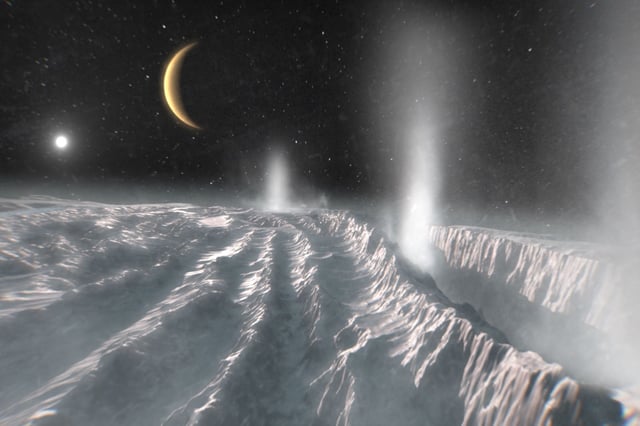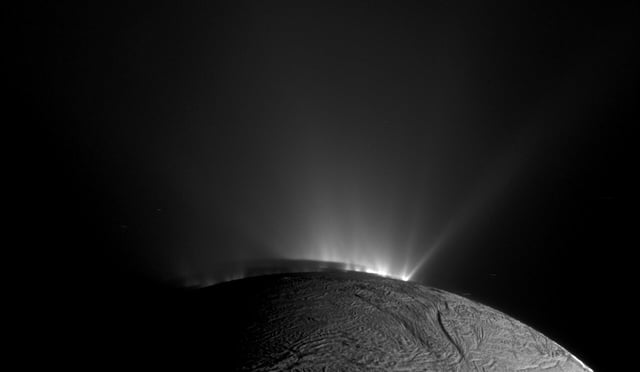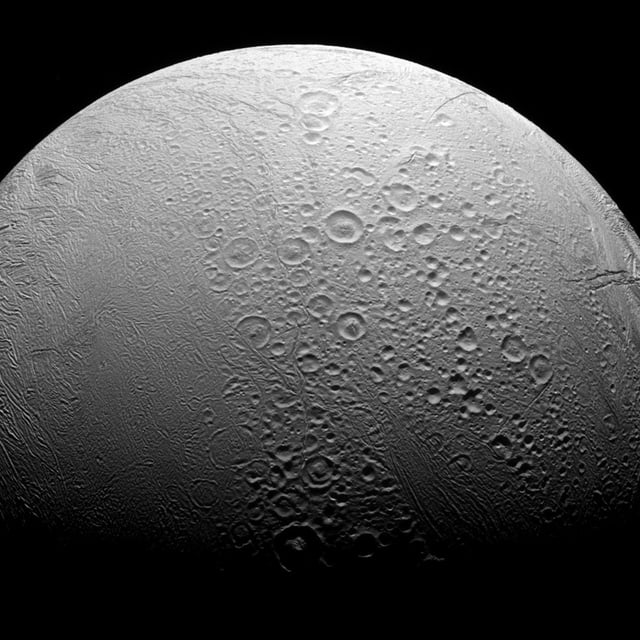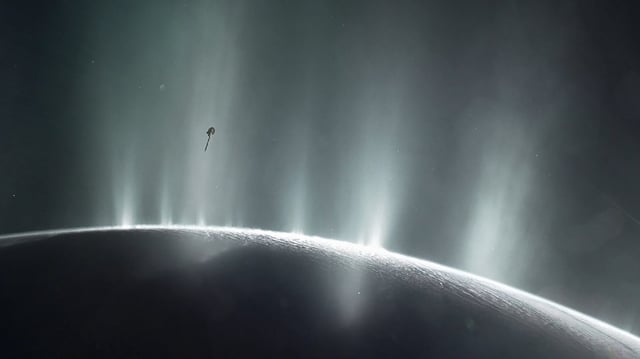Overview
- A Nature Astronomy study reanalyzed Cassini’s 2008 flythrough of Enceladus’ south‑polar plumes, using fresh ice grains ejected minutes earlier to minimize space‑weathering effects.
- Researchers identified multiple classes of complex organics, including aromatics, aldehydes, esters, ethers, alkenes and nitrogen‑ or oxygen‑bearing fragments, with some seen for the first time in plume samples.
- The findings confirm that organics previously detected in Saturn’s E ring originate in Enceladus’ subsurface ocean rather than forming during long exposure in space.
- The chemical inventory includes intermediates and precursors relevant to amino acids on Earth, yet the authors report no biosignatures and emphasize that abiotic pathways can produce these molecules.
- The result is energizing proposals for dedicated follow‑up missions, with ESA discussing an orbiter that samples plumes and a south‑pole lander, with hopes for a launch in the 2040s.



